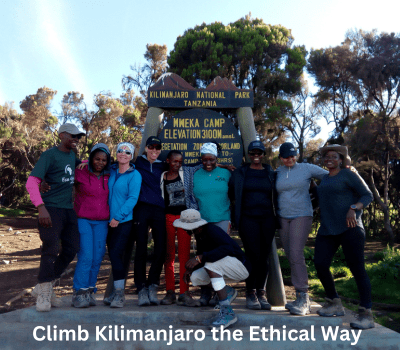Can I Climb Kilimanjaro in Africa if I Have a Fear of Heights?

Introduction: Tackling Kilimanjaro with a Fear of Heights
Fear of heights is more common than many people realize, especially when planning a trek up Mount Kilimanjaro—the tallest mountain in Africa. If you’re someone who feels uneasy at high elevations or near ledges, you might wonder if this iconic adventure is possible for you.
The good news is, yes—you can climb Kilimanjaro even with a fear of heights. At Eco-Africa Climbing, we’ve helped many height-sensitive trekkers successfully reach the summit. With the right route, expert guidance, and gradual acclimatization, your fear doesn’t have to stand in your way.
Unlike steep, technical climbs in the Alps or Himalayas, Kilimanjaro’s paths are trekking trails—not climbing routes. That means there are no ropes, no vertical drops, and no exposed ridge walks. Most of the trek feels like a long, high-altitude hike. Let’s explore what that really looks like.
Understanding the Terrain: Is Kilimanjaro a Technical Climb?
Kilimanjaro is a high-altitude trekking mountain, not a technical climb. This is a key reason it’s so accessible—even to people without any climbing experience or who are nervous about heights. You’ll walk on gradual slopes and well-worn trails rather than scrambling up rock faces or navigating narrow ledges.
There are no sections that require ropes or harnesses. Even at the highest elevations near Uhuru Peak, the trail is wide enough to feel safe and stable. The biggest challenge is the altitude—not the terrain.
For a smooth, scenic journey, we recommend the 8 Days Lemosho Route and the 9 Days Northern Circuit Route. These routes are longer, less crowded, and designed for gradual acclimatization—reducing both altitude issues and mental stress.
Does Kilimanjaro Have Steep Drops or Sheer Cliffs?
Most of Kilimanjaro’s trails are relatively safe in terms of exposure. However, there is one notable section that height-sensitive climbers often ask about: the Barranco Wall. Found on the 7 Days Machame Route and the Lemosho Route, the Barranco Wall is a short, non-technical rock scramble.
While it looks dramatic in photos, the Barranco Wall has no vertical drops. The path is solid, and our experienced guides will be with you every step of the way. That said, if even moderate exposure is a concern, you can avoid this section altogether by choosing the Northern Circuit Route, which bypasses it entirely.
Climbers with height anxiety generally find that Kilimanjaro’s open landscapes, gentle switchbacks, and wide footpaths feel safe and manageable with the right mindset and support.
What Are the Easiest Routes for Those with Height Sensitivity?
If you’re nervous about heights, the best thing you can do is choose a route that gives you time to acclimate while avoiding any dramatic terrain. Our top recommendations at Eco-Africa Climbing include:
| Route | Why It’s Ideal |
|---|---|
| 9 Days Northern Circuit | Longest route, excellent acclimatization, avoids steep sections like Barranco Wall |
| 8 Days Northern Circuit | Same route, shorter by one day, great for confident beginners |
| 8 Days Lemosho | Scenic, smooth ascent, minimal exposure except Barranco Wall |
| 7 Days Lemosho | Faster version of the above, better for fit trekkers |
These routes offer lower daily elevation gains and extra time to rest and adjust—reducing both physical strain and psychological pressure.
How Our Guides Support Clients with Height-Related Anxiety
At Eco-Africa Climbing, our expert guides are more than just mountain leaders—they’re your support team. Every member of our crew is trained in not only first aid and altitude safety, but also in supporting clients emotionally through mental challenges like fear of heights or panic attacks.
You can count on us to:
- Encourage you with calming words and pace control
- Stay beside you during any mentally tough sections
- Answer your questions with patience and care
- Help you reframe nervous thoughts into confident steps
We believe every trekker deserves to enjoy Kilimanjaro—and we’ll be by your side to help make that happen.
Practical Mental Strategies to Manage Fear of Heights
Fear of heights often stems from feeling out of control or exposed to danger. While Kilimanjaro doesn’t have many “scary” spots, your mind might still react to altitude and unfamiliar environments. That’s why having a few mental tools in your backpack can make a huge difference.
Before the climb, it helps to visualize yourself walking steadily, breathing calmly, and making progress each day. During the trek, our guides encourage techniques like deep breathing, mindfulness, and setting short-term goals. We also suggest avoiding looking down in areas where elevation becomes visible—just focus on your next step, and let us handle the rest.
You’re not climbing alone. The team at Eco-Africa Climbing is right there with you, giving encouragement, tracking your health, and creating a supportive environment where you feel safe at all times.
How Acclimatization Eases Both Altitude and Anxiety
One often overlooked trigger for anxiety on Kilimanjaro is altitude. As oxygen levels drop, your body works harder, and this can sometimes mimic or amplify the sensations of anxiety—shortness of breath, increased heart rate, or lightheadedness.
That’s why choosing a longer route with better acclimatization is essential—not just for your physical health, but your mental wellbeing too. Our 8 Days Northern Circuit Route and 8 Days Lemosho Route both include plenty of time to “climb high and sleep low,” which helps your body adjust and minimizes discomfort.
We also conduct daily health checks with pulse oximeters to monitor your vitals. Knowing you’re in good hands medically can greatly reduce stress and help you focus on enjoying the journey.
Stories from Climbers Who Faced Their Fear
Over the years, we’ve had many clients share the same concern: “I’m not sure I can do this—I’m afraid of heights.” And almost every time, they reach the summit with a huge smile on their face.
One of our climbers, Amanda from the UK, said: “The idea of cliffs terrified me. But when I got to Kilimanjaro, the path felt safe. My guide walked next to me during Barranco, and I forgot I was even afraid.” Another, George from Canada, took the Northern Circuit and said, “It was long, but I never felt scared. I actually enjoyed the height because the views were amazing!”
With the right route and team, what starts as a personal fear often becomes a powerful victory. You’ll leave Kilimanjaro not just with photos, but with a story of strength and courage.
Safety Measures That Keep You Confident on the Mountain
At Eco-Africa Climbing, we’re obsessed with safety. Our protocols aren’t just about medical emergencies—they’re also about making you feel secure and supported every step of the way.
Here’s what we provide on every climb:
- Wilderness First Responder (WFR) trained guides
- Pulse oximeter health checks twice daily
- Emergency oxygen and evacuation support
- Clean, well-organized campsites
- Private toilet tents and dining tents
We also work closely with the Kilimanjaro Porters Assistance Project (KPAP) to ensure our team is treated ethically, which directly translates into better service, morale, and support for you.
Should You Avoid Kilimanjaro If Your Fear Is Severe?
While Kilimanjaro is generally safe for those with a mild to moderate fear of heights, those with severe acrophobia should be honest with themselves before committing. If standing on a ladder, crossing a footbridge, or hiking on any slope causes intense panic, it may be best to build up your comfort with lower-altitude hikes first.
Our team is happy to offer a pre-trip consultation to assess if Kilimanjaro is right for you. We can walk you through the route options, terrain photos, and even provide videos so you know exactly what to expect. Our goal is to make sure you’re mentally and physically ready—not pressured.
And if you choose to go forward, know that you’re choosing a company with compassion, patience, and experience guiding climbers through fears big and small.
Why Kilimanjaro Is Friendlier Than Most High Mountains
Climbers who’ve faced mountains like the Alps or Rockies often assume Kilimanjaro will be similarly daunting. But it’s not. Kilimanjaro’s slopes are unique—gentle gradients, no ropes, no crevasses, and a supportive trekking culture. You’re not battling nature with gear strapped to your back—you’re hiking with a team that carries your load, feeds you hot meals, and guides you with calm encouragement.
This is what makes Kilimanjaro ideal for first-time trekkers and those with fears. It’s not a test of technical skill—it’s a test of your mindset, determination, and willingness to trust your guides. With every switchback, every shared laugh at camp, and every sunrise over the summit, you’ll gain confidence step by step.
At Eco-Africa Climbing, we specialize in this experience. Our approach is human-first, and we adapt the pace and path to what works for you.
The Benefits of Small Group Climbs for Nervous Trekkers
For clients with fear of heights or anxiety, we often recommend our small group climbs. These groups are intentionally limited in size so our guides can offer more one-on-one support, flexible pacing, and space for mental rest.
In small groups, you’re not rushed by stronger hikers or overwhelmed by crowds. You can take your time, ask for help without hesitation, and receive personalized attention throughout the journey. It creates a safer, more compassionate trekking atmosphere—perfect for those who want to climb confidently at their own pace.
You’ll also form bonds quickly. Sharing challenges and small victories with a close-knit group adds emotional strength to your climb—something especially valuable when working through fears.
“Pole Pole” – The Climbing Pace That Calms the Mind
In Swahili, we say “pole pole,” which means “slowly, slowly.” It’s not just advice—it’s the foundation of a successful Kilimanjaro climb. Moving slowly helps your body adjust to the altitude, but it also gives your mind time to settle, breathe, and grow more confident with each step.
Our guides reinforce this pace gently and consistently. They remind climbers to breathe, to pause and look around, to drink water, and to celebrate each milestone—not just the summit. You’ll find that when you go pole pole, even your fears begin to walk beside you more quietly.
This philosophy sets Kilimanjaro apart from the usual push-and-punish mountain treks. With the right pace, the climb becomes meditative, healing, and empowering.
Essential Gear That Boosts Confidence on the Trail
For those who are anxious about stability and safety, having the right gear can make a big psychological difference. Feeling physically supported helps you feel mentally strong.
Here’s what we recommend:
- Trekking poles: Great for balance and confidence on uneven trails
- High-ankle boots: Extra support and protection to reduce instability
- Hydration bladder or water bottles: Stay fueled without stopping
- Comfortable layers: Regulate body temperature to avoid discomfort and stress
- Headlamp: Nighttime summit climbs feel safer when you can see clearly
You can rent high-quality gear through Eco-Africa Climbing or bring your own. We do a full gear check before the climb and advise you on exactly what you need for a safe and steady experience.
What the Summit Push Feels Like (and Why It’s Manageable)
Summit night on Kilimanjaro is tough—but manageable, even for those with fear of heights. You’ll start around midnight and walk slowly under the stars with your guide. The final climb to Uhuru Peak is on firm scree—no ledges, no drop-offs, and no technical scrambles.
Yes, it’s dark. Yes, it’s cold. But the trail is safe, well-worn, and filled with other climbers making the same journey. You’ll hear your guide’s voice, feel the steady rhythm of footsteps, and see the glowing line of headlamps ahead—each one a beacon of courage and focus.
And when the sun begins to rise and you see that sign at the summit, the fear you once had will feel far behind you. You’ll have faced it—and won.
Conclusion: Your Fear Doesn’t Define Your Climb
Having a fear of heights doesn’t mean you have to miss out on the adventure of a lifetime. Kilimanjaro is a mountain that welcomes beginners, non-climbers, and yes—even those who get nervous about altitude. With the right route, the right team, and the right mindset, you can do it.
At Eco-Africa Climbing, we’ve helped hundreds of height-sensitive climbers reach the summit and conquer more than just a mountain. Whether you choose the 9 Days Northern Circuit or the scenic 8 Days Lemosho Route, we’ll walk with you—one safe, confident step at a time.
Let your Kilimanjaro climb be the story of how you faced fear and rose above it. We’ll be there to guide you, support you, and celebrate with you at the top.
Frequently Asked Questions (FAQs)
Is Kilimanjaro dangerous for someone afraid of heights?
Not at all. Most of the trails are wide and non-exposed. If you choose the right route, such as the 8 Days Northern Circuit, you’ll avoid steep scrambles like Barranco Wall altogether.
Are there cliffs on the way to the summit?
No. Even on summit night, the trail consists of firm scree slopes, not ledges or vertical drops. You’re walking—not climbing—on well-trodden paths the entire way.
What is the scariest part for someone afraid of heights?
For most climbers, the Barranco Wall might look intimidating, but it’s safe and well-guided. Those truly uncomfortable with any steep terrain should opt for the Northern Circuit, which skips it.
How do the guides help with fear during the climb?
Our guides are trained to support you emotionally as well as physically. They’ll walk beside you, talk you through tough moments, and ensure you never feel rushed or alone.
Can I still enjoy the climb if I’m anxious?
Absolutely. With the right pace, support, and mindset, many of our climbers say the journey actually helped reduce their fear. It’s more than a climb—it’s a personal transformation.
Book with the Team That Gets You There Safely and Calmly
At Eco-Africa Climbing, your safety, comfort, and confidence come first. If fear of heights is holding you back, talk to us. We’ll help you choose a route that’s right for you, walk you through the experience, and match you with guides who truly care.
Explore our full range of Kilimanjaro tours and reach out for a personalized consultation. Your adventure begins the moment you decide to face your fear—with the right team behind you.
Visit: eco-africaclimbing.com/online-booking to reserve your spot today.
Share:
Related Posts
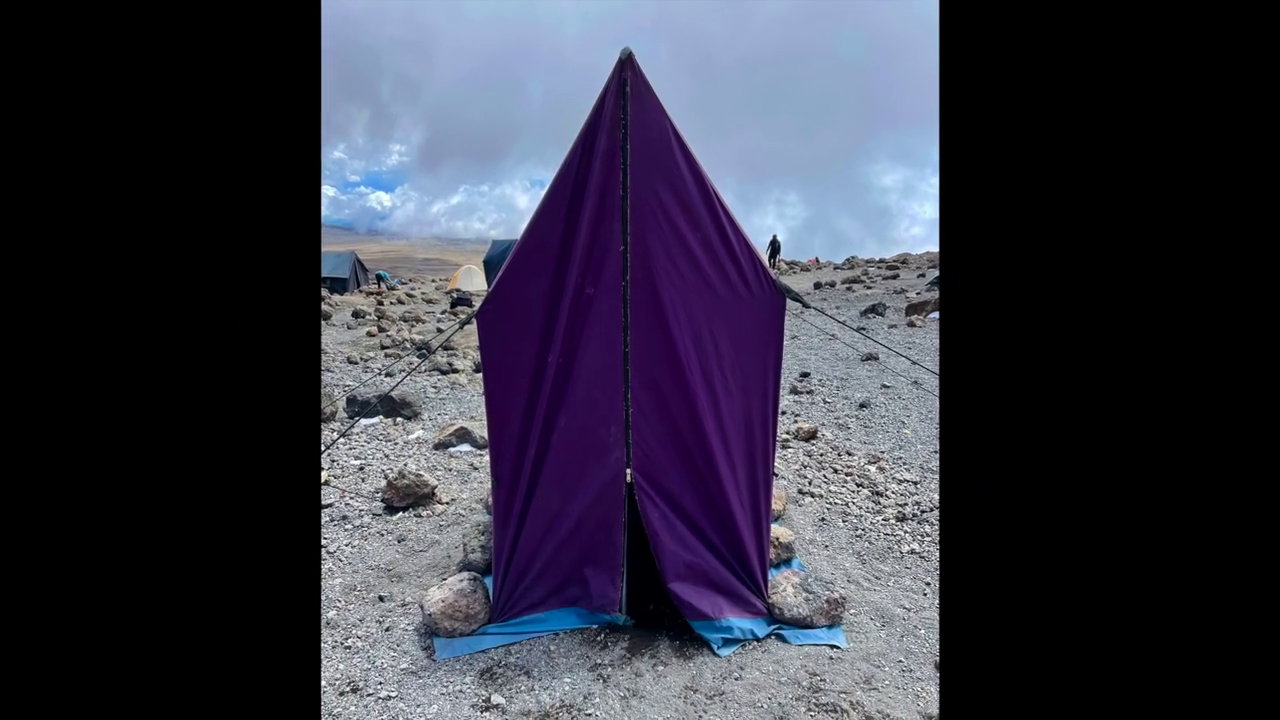
bathroom on mountain kilimanjaro
Bathroom on Mountain Kilimanjaro: What to Expect and How to Prepare Introduction One of the most common — and least discussed — questions from people
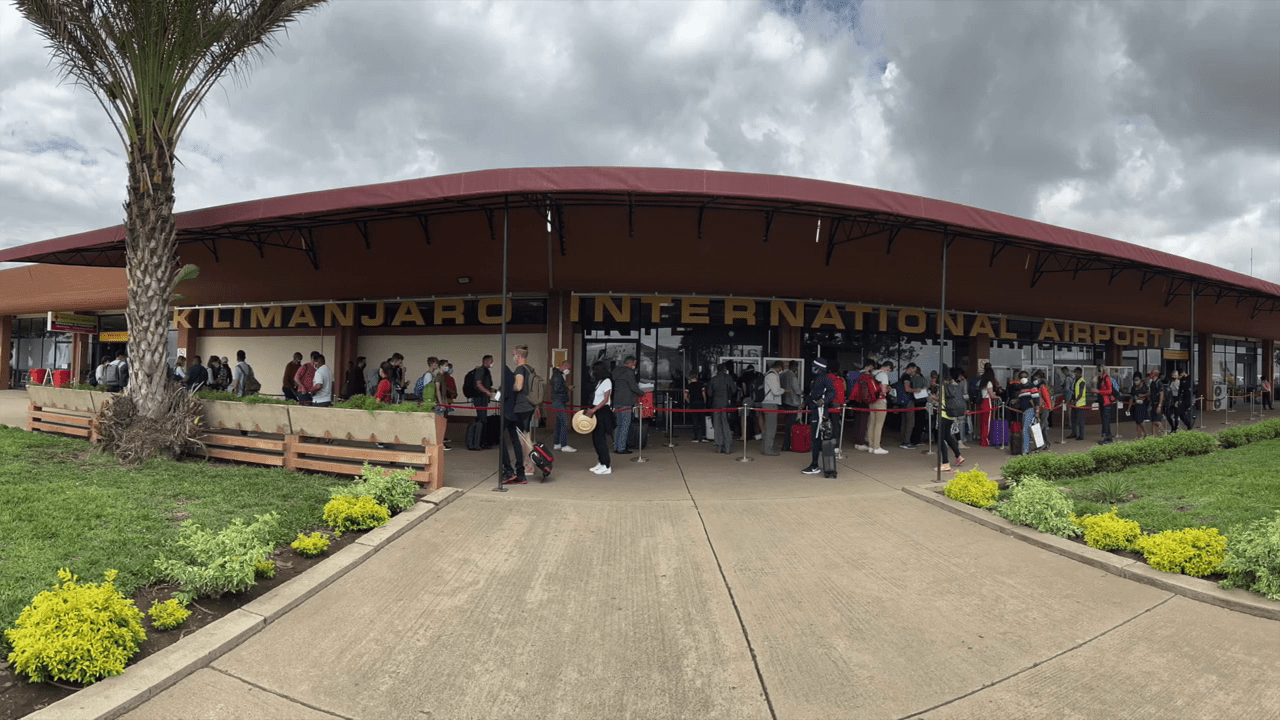
Are Guides Readily Available in Tanzania Without Prior Booking?
Are Guides Readily Available in Tanzania Without Prior Booking? Introduction: Should You Risk Climbing Without Pre-Booking? Climbing Mount Kilimanjaro is a dream for many adventurers.
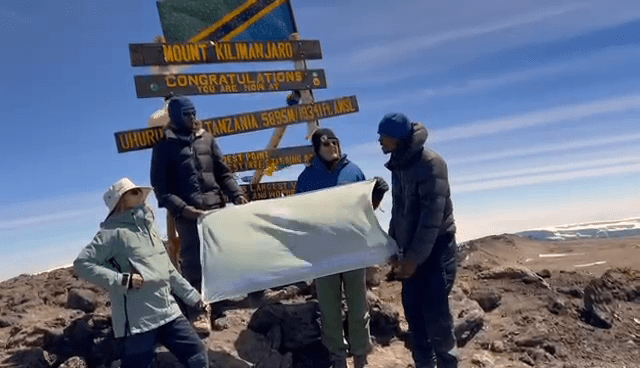
How Can I Find a Reliable Local Guide for My Kilimanjaro Expedition?
How Can I Find a Reliable Local Guide for My Kilimanjaro Expedition? Introduction: Why the Right Guide Is Key to Kilimanjaro Success Climbing Mount Kilimanjaro
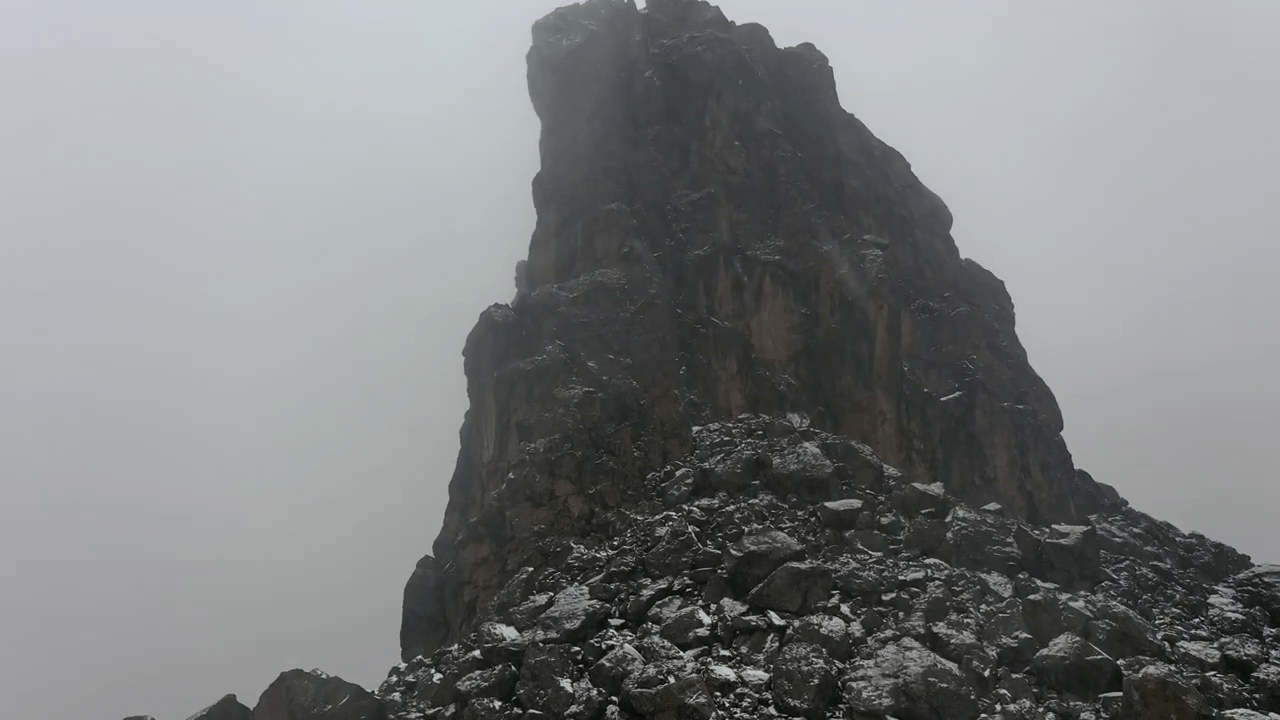
Is Climbing Kilimanjaro Dangerous for Individuals Without Mountaineering Experience?
Is Climbing Kilimanjaro Dangerous for Individuals Without Mountaineering Experience? Introduction: The Myth of Danger and Experience Many aspiring adventurers wonder if climbing Mount Kilimanjaro is
